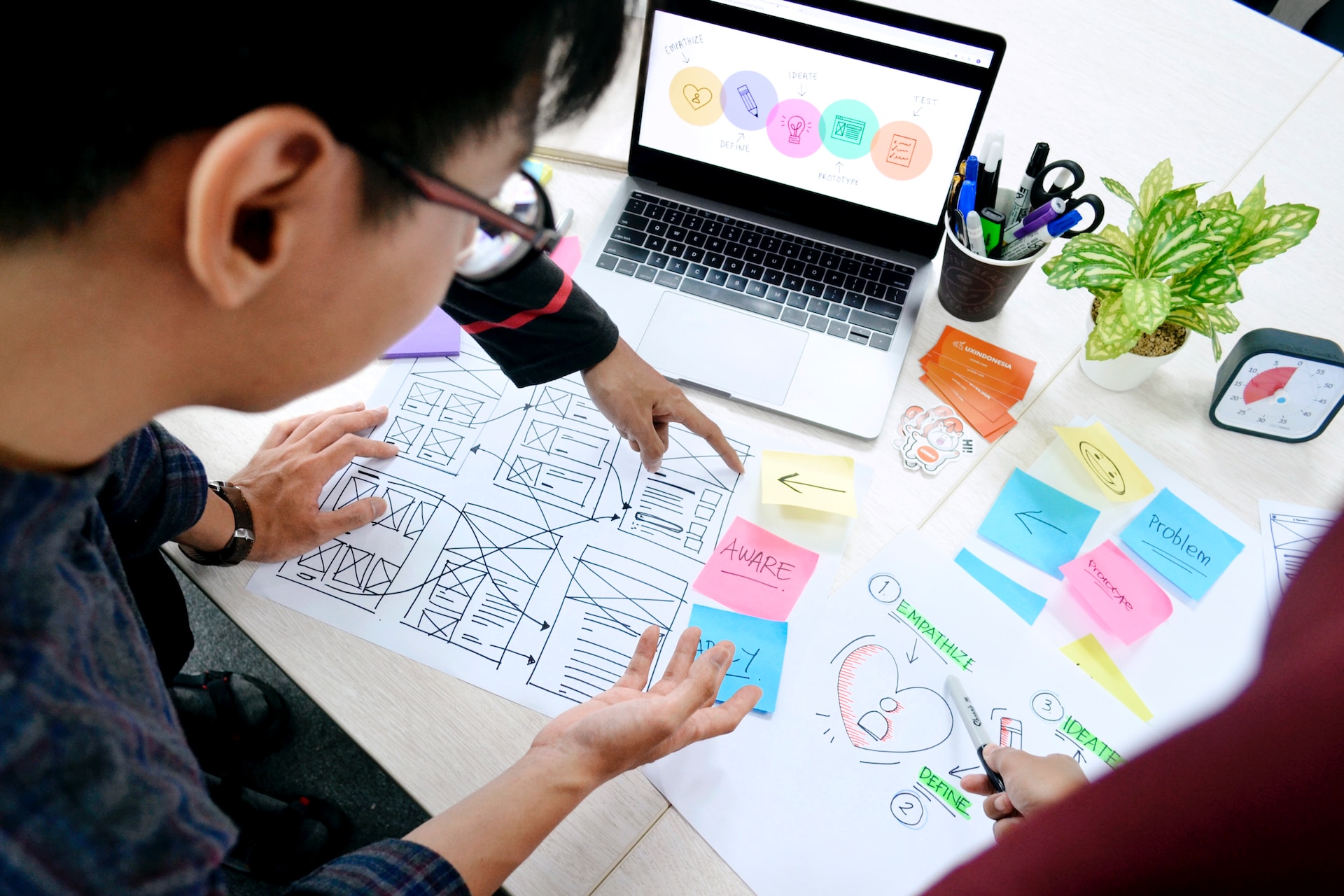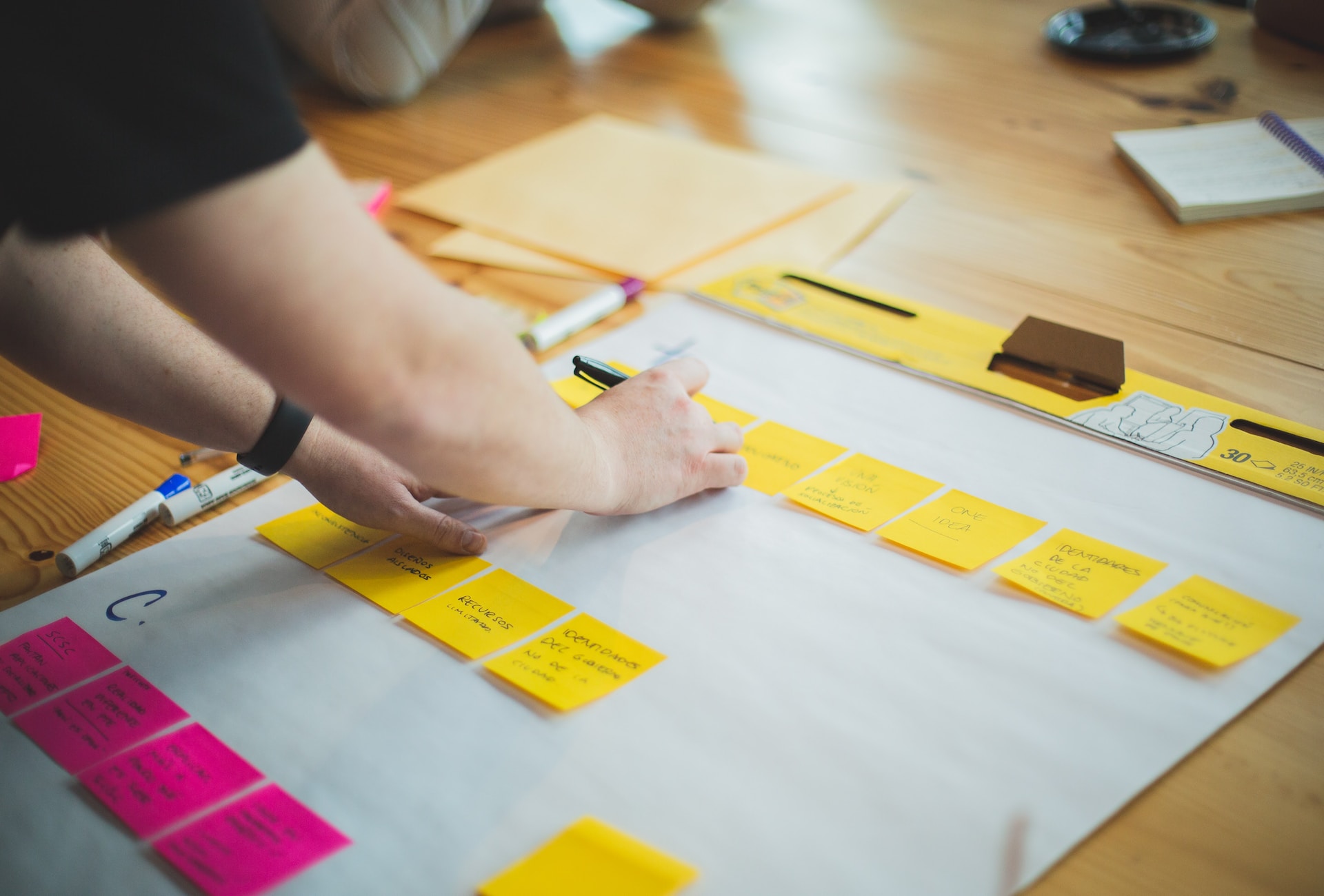In the world of product management, experimentation is a crucial component of the development process. By testing different ideas and approaches, product managers can identify the most effective solutions and gain valuable insights into their target audience. In turn, this helps them create products that resonate with users and drive business growth.
This guide will explore the various aspects of experimentation in product management, providing tips and real-world examples to help product managers successfully incorporate experimentation into their workflow.
Key Principles of Experimentation for Product Managers
Adopt a Hypothesis-Driven Approach
When embarking on experimentation, it's essential to formulate clear hypotheses about the expected outcomes. This hypothesis-driven approach ensures that experiments are focused on specific goals and can provide actionable insights. For example, a product manager might hypothesize that redesigning a specific feature will increase user engagement by 10%. By clearly stating the expected outcome, it becomes easier to measure the success of the experiment.
Embrace Failure and Learn from It
In the world of experimentation, not every test will yield positive results. It's essential for product managers to embrace failure as an opportunity to learn and iterate on their ideas. By analyzing the outcomes of failed experiments, product managers can gain insights into why certain approaches didn't work and use this information to inform future experiments.
Prioritize and Focus on High-Impact Experiments
Product managers often have limited time and resources, making it essential to prioritize experiments that have the potential for high impact. Focus on testing ideas that address critical pain points, have the potential to significantly
improve user experience, or can generate substantial revenue. This approach ensures that the time and effort spent on experimentation yield the most valuable insights.
Measure and Analyze Results
Once an experiment has been conducted, it's crucial to measure and analyze the results. This analysis should include both quantitative and qualitative data, providing a comprehensive understanding of the experiment's outcome. By closely examining the results, product managers can determine the effectiveness of their hypotheses and
make data-driven decisions about the next steps.

Tools and Techniques for Effective Experimentation
A/B Testing
A/B testing is a popular technique in product management experimentation. It involves comparing two or more variations of a product feature, design, or marketing campaign to determine which version performs better. This method enables product managers to make informed decisions based on real user data, ensuring that they are optimizing their products for their target audience.
Multivariate Testing
Multivariate testing takes A/B testing a step further by testing multiple variables simultaneously. This approach allows product managers to identify the most effective combination of features, designs, or marketing tactics. While multivariate testing can be more complex than A/B testing, it can provide more detailed insights into the factors that contribute to a product's success.
User Interviews and Surveys
User interviews and surveys are valuable tools for gathering qualitative data about users' experiences and preferences. By conducting interviews or surveys, product managers can gain insights into the motivations, behaviors, and pain points of their target audience. This information can be used to inform hypotheses and guide the direction of future experiments.
Usability Testing
Usability testing involves observing users as they interact with a product or feature. This technique provides insights into how users navigate the product, identify any difficulties they encounter, and uncover opportunities for improvement. Usability testing can be conducted both in-person and remotely, using tools like
UserTesting or
Lookback.
Examples of Product Experiments
Netflix
Netflix is well-known for its extensive use of experimentation to optimize its platform and content recommendations. The company conducts thousands of A/B tests each year, focusing on various aspects of the user experience, such as user interface design, content recommendations, and marketing campaigns. One notable example is Netflix's experimentation with different artwork for their shows and movies. By testing various images, the company was able to identify which visuals drove the highest user engagement, resulting in a more personalized and appealing user experience.

Booking.com
Booking.com has built a culture of experimentation within its organization. The company runs over 1,000 A/B tests every day, focusing on optimizing its website and app to provide a seamless and user-friendly experience. Through this rigorous testing process, Booking.com has made numerous improvements to its platform, such as optimizing its search algorithm, enhancing its booking process, and tailoring its marketing campaigns to better resonate with users.
Etsy
Etsy is another organization that heavily relies on experimentation to drive product improvements. In one instance, the company tested different ways to encourage users to add items to their shopping carts. Through a series of A/B tests, Etsy discovered that changing the color of the "Add to Cart" button to a more prominent shade increased the likelihood of users adding items to their carts. This seemingly small change had a significant impact on the company's bottom line.
Tips for Successful Experimentation in Product Management
To effectively incorporate experimentation into your product management process, consider the following tips:
Establish a Culture of Experimentation
Encourage a mindset of experimentation within your organization, where team members are open to trying new ideas and learning from failure. This
culture fosters innovation and allows product teams to continuously evolve and improve their products.
Define Clear Experimentation Goals
Before embarking on any experiment, ensure that you have a clear understanding of your goals and objectives. This clarity helps maintain focus and ensures that experiments yield actionable insights.
Collaborate with Cross-Functional Teams
Continuously Refine and Iterate
Use the insights gained from experiments to inform future product improvements and enhancements. This process of continuous refinement and iteration helps ensure that your products stay aligned with the needs and preferences of your target audience.






